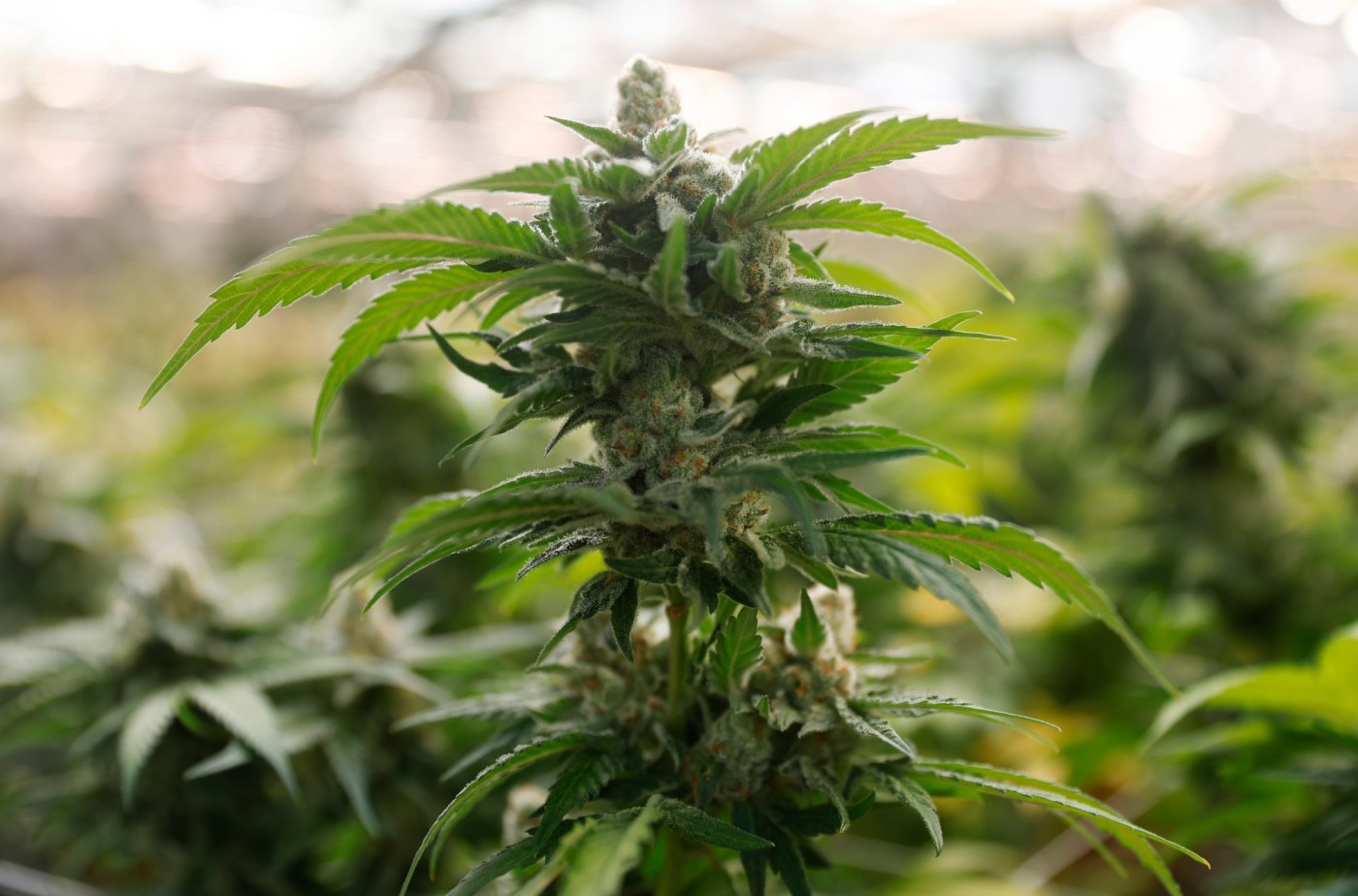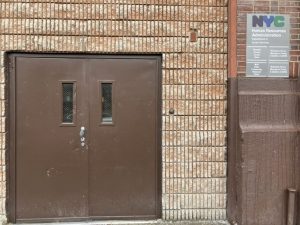
Did legal marijuana help or harm Californians? Here’s what the data says
When California’s cannabis shops opened their doors six years ago this month, they inaugurated the world’s largest market for legalized recreational marijuana.
Related Articles
Winona man accused of targeting more than 60 young girls in ‘online sextortion scheme’
Wisconsin Goodwill finds WWII hand grenade in Duluth donation box
Coon Rapids triple homicide victims identified
Document spells out allegations against 12 UN employees Israel says participated in Hamas attack
Dying thief who stole ‘Wizard of Oz’ ruby slippers from the Judy Garland Museum gets no prison time
This historic step would transform the state, predicted supporters and opponents. Californians would get justice and gobs of money — or fall victim to reefer madness.
What’s life like after legalization? Pretty chill. The passionate claims made by both sides ended up being overstated. The sky hasn’t fallen, and the state has some more money. But there are some new challenges, such as accidental ingestion by children and emergency medical problems among elders.
And there’s still a lot we don’t know. Surprisingly, the state has no good historical data about the number of acres in cultivation. Statistics about youth usage are woefully incomplete. There is no roadside sobriety test for cannabis, and the CHP doesn’t track accidents that involve drivers who are high on pot. A study by the Rand Corporation and Institute of Labor Economics found no relationship between county laws that legally permit dispensaries and reported violent crime, but there is no statewide data on dispensary-related robberies.
Let’s take a close look at some of the key arguments around marijuana legalization — and how the statistics stack up.
Where can you buy it?
The rollout of Proposition 64, which was enacted in 2016 and implemented in 2018, has been uneven across the state. The measure allows local control, so more than half of California’s cities and counties ban commercial cultivation and sales. There are currently 3,599 licenses for cultivation, with the largest amount of acreage in Santa Barbara County, followed by Humboldt and Lake counties. There are 695 licenses for storefront retail dispensaries, most in the urban hubs of Los Angeles and the San Francisco Bay Area.
Is the state richer?
Tax revenues were a major selling point for legal cannabis.
And that promise has proven true: Since commercialization, the state has earned more than $5.7 billion in cannabis tax revenue. A lot of that money goes to running the program. Some of it pays for projects like anti-drug education, child care, environmental cleanup and research.
But revenues have fallen somewhat short of projections. Cannabis legalization was promised to generate an estimated $1.4 billion a year in new tax revenue within a few years. It got close in 2021, reaching $1.3 billion at its peak in mid-2021. But funds have slumped since then, falling to just over $1 billion in 2022, with similar revenues expected for 2023.
What’s the problem? Cannabis is an entirely new market, so early predictions were prone to error. And illicit weed is still abundant, undercutting legal sales.
Also, pot prices are down, reducing profits. Since legalization, the average wholesale price for a pound of California cannabis flower has plummeted from $1,600 to $643, according to Cannabis Benchmarks, the nation’s provider of data for U.S. cannabis markets.
Why? The law of supply and demand: Legalization created a “green rush” of growers, boosting supply. But demand has stayed steady, and many communities restrict sales.
For people in the business, it’s been a stressful roller coaster ride, with consolidations and price drops that have wiped out many growers and distributors.
“There’s a ton of disruption in the business,” said Edward Schmults, CEO of StateHouse Holdings Inc., created through the merger of four smaller California cannabis companies: Harborside, Loudpack, Urbn Leaf and Sublime. Consolidation creates the efficiencies needed to survive, he said.
StateHouse Holdings consists of five greenhouses each housing an acre in Salinas, Calif., on Monday, Jan. 15, 2024. (Nhat V. Meyer/Bay Area News Group)
“About 30% of the brands have gone away in 2023,” he said. “To run a profitable business, stores are focusing on fewer and bigger brands, because they need consistency.”
Are more people using it?
A major argument against legalization was that it could hurt youth by increasing usage. Although researchers don’t yet have enough data to confirm a trend, available information suggests that access and usage hasn’t increased.
For years, marijuana has been readily available to teens, but commercialization didn’t make access easier, according to the California Healthy Kids Survey. The percentages of students in all grades who reported that marijuana was very easy to obtain stayed steady, or slightly declined, between the years 2013-2015 and 2017-2019. Of youth who use marijuana, 44% said they got it from friends; 19% said it was bought at a dispensary.
Available information shows no obvious effect of commercialization on youth cannabis consumption. The Healthy Kids Survey found that rates of current usage fell slightly between 2013-15 and 2019-21. (Alcohol and tobacco use also declined.) The federal government’s National Survey on Drug Use and Health found a similar trend, with rates slightly rising, then falling.
Certainly, the pandemic kept kids at home, under parents’ watchful eyes. Perhaps regulatory safeguards, such as requiring proof of age at dispensaries, are working. Only time will give the final verdict.
Among all Californians, usage has increased — modestly. After commercialization, about 14.2% of Californians ages 12 and older used cannabis within the past month, up from 10.5% before legalization, according to the national survey.
Does easy access mean that Californians are more stoned than other Americans? Maybe. Use in California is slightly higher than use in the United States overall, where it is still largely illegal — 15.7% vs. 14.3%. But perhaps its popularity isn’t the result of legalization, but a cause of it.
Are arrests down?
In the 1960s, selling cannabis was a felony in the same class as heroin, punishable by a two- to 10-year prison term. In the decades since, law enforcement became more relaxed, but still disproportionately hit people of color, crippling their prospects for jobs, loans, housing and benefits.
By all measures, legalization has succeeded in ending this costly, futile strategy. Arrests fell by more than half, from 15,000 in 2016 to 6,000 in 2017. Police now no longer spend time on marijuana arrests and can spend more time on solving more dangerous crimes.
There are still situations where it is illegal to use, possess or cultivate cannabis — for instance, if you have too much, are selling illegally or driving while high. But sentencing is lighter.
Many Californians who for years were saddled with criminal records have gotten them cleared, according to the National Organization for the Reform of Marijuana Laws. By April 2023, California courts have expunged, sealed, or resentenced 206,502 out of an estimated 227,650 qualified cases.
Are medical emergencies increasing?
Opponents feared that young children would mistake edibles for candy, with potentially dangerous consequences. Their concerns were warranted.
While state law requires that all cannabis goods be sold in “child-resistant” packaging, the packaging isn’t “child-proof.” Since commercialization, the number of calls to the California Poison Control Center about cannabis exposure in children aged 5 and younger has jumped from 329 to 807 a year.
Alarmed parents call after they discover that a child is holding or chewing on a package, potentially ingesting several items, said Justin Louis of the Center, which is advocating for stronger regulation of edibles. Although hospitalization is rarely needed unless the child develops breathing problems, close monitoring is essential.
Poison Control calls by adults are also increasing, primarily from those using manufactured products like edibles and vapes. The high potency of many of today’s cannabis strains – up three-fold since 1996, according to the DEA – could explain the trend. Vaping fluids and products for ‘’dabbing’’ deliver concentrated amounts of THC.
While cannabis-related visits for hospital emergency care jumped in the two years after commercialization, they have dropped as consumers gain greater familiarity with the drug.
But there are problems among California’s elders, who use cannabis for chronic health problems. Emergency room visits for those aged 65 and over increased by 1,804% between 2005 and 2019, according to a study by the UC San Diego School of Medicine.


